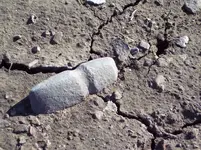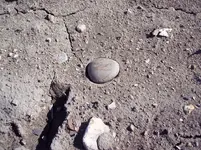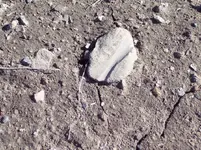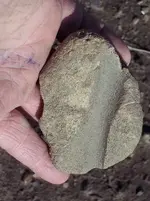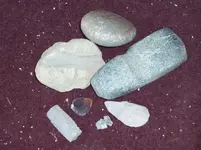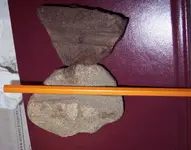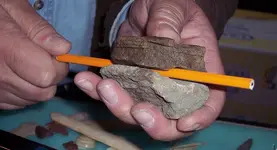larson1951
Silver Member
- Joined
- Apr 8, 2009
- Messages
- 4,962
- Reaction score
- 3,893
- Golden Thread
- 0
- Location
- North Dakota
- Detector(s) used
- tesoro
- Primary Interest:
- Other
found this stuff this morning
note the little point lying just 4inches behind the axe
I was focused so hard on the axe that I did not see the point for a while
note the little point lying just 4inches behind the axe
I was focused so hard on the axe that I did not see the point for a while
Attachments
Upvote
0

